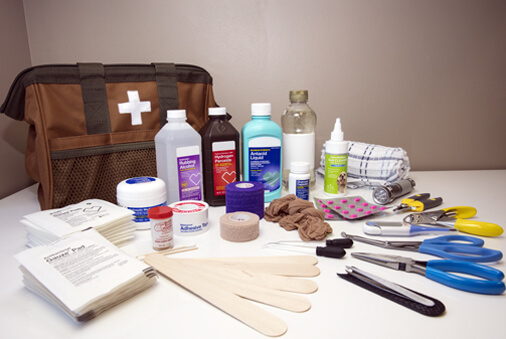A lot goes into being a Pet Parent. We want to help our dogs or cats live their best lives — by feeding them nutritious food they love, buying all kinds of toys (you can never have too many), giving them lots of attention, and of course, taking care of them when they’re sick. Getting a lofty veterinary bill is not a part of the plan, but it happens more than you think. That’s where pet insurance comes in.
Turns out, a lot of Pet Parents are already in the know about having extra coverage for their pals. In 2021, 4.41 million pets were insured by pet insurance in North America.* Pet insurance helps cover the cost of unexpected veterinary bills from both illnesses and injuries, depending on which plan you choose. They also offer wellness plans that can help with preventative care like exams and vaccinations, too.
Pet insurance policies are typically reimbursement-based, which means you’re expected to pay the costs up front and submit a claim to get reimbursed later. Most plans also require a deductible — the amount you have to spend before your plan kicks in. We’ll dive into how much you can get reimbursed and what deductibles look like a little later.
Wondering what these plans cover or how much they might cost? We dug up a few pointers to help you get started, but we recommend shopping around before making your decision. There are a lot of pet insurance companies out there with varied benefits; it just depends on what you’re looking for and how much coverage you need.
5 things you might not know about pet insurance
1. The cost of a plan might outweigh the bills.
While the price depends on what kind of pet you have and sometimes how old they are, the average cost is a great place to start. If you get an accident and illness plan for your cat, the average per month is $28.57 according to the North American Pet Health Insurance Association. For dogs, it’s $48.65.
Most deductibles range from $100 to $1,000, but there are plenty of incremental amounts in between. Those increments range between $50 and $500 so you can customize the plan based on what you can afford. Remember, the deductible doesn’t come into play unless you have a veterinary bill.
2. Many everyday conditions are covered.
The North American Pet Health Insurance Association compiled a helpful list of the most common health issues covered by pet insurance in 2021. It’s important to note this isn’t an exhaustive list — other conditions are covered as well — we’re just sharing the ones insurers saw most often.
3. You can get up to 90% of your veterinary bills reimbursed.
Great news — most plans offer up to 90% reimbursement, but we did see a couple that offer 100%. If you choose a plan that covers 90% of your veterinary bills, you’ll only pay 10% of the costs to treat your pet when they’re sick or have an accident. A majority of plans cover between 70% and 90%.
Your reimbursement begins after you’ve met your annual deductible. From there, you’ll pay your veterinarian directly and then submit your bills to your insurer for reimbursement. Your plan might also have a maximum payout per year (anywhere from $2,500 to $100,000) so if you hit that number, you’ll be back to paying everything else out of pocket for the remainder of the year.
4. Even accidents are covered — for those who walk on the wild side.
This one’s for all those four-legged rebels who refuse to play it safe. Pet Parents can opt for plans that cover accidents, too! Like that time your dog was loving his life fetching in your backyard and somehow ended up with a huge gash on his paw. Or on a more dangerous note, maybe your cat stops eating and upon taking her to the veterinarian, you discover she swallowed multiple hair ties. One surgery later and you’ll never leave a hair tie unattended again.
5. Some insurance companies offer wellness plans, too.
Why not save money on the veterinary visits you know you’ll need for your pet? You can add a wellness plan to your policy that covers things like vaccinations, flea/tick and heartworm medications, early screenings, dental care, and more.
That way you’re covered for whatever your furry family member needs.
That was a lot, but there’s plenty to consider when looking into pet insurance. Insurers might also have waiting periods and exclusions as a part of their plans, so make sure to check for those details before signing up. If you have multiple pets, many plans offer a multi-pet discount. Who doesn’t love that?
Whether you opt for pet insurance or not, that doesn’t change the fact that you’re a great Pet Parent who’s doing what’s best for their pet. We’re here to make sure you have the insight you need to make the right decision for you and your family.
*Data is from a survey conducted by the North American Pet Health Insurance Association of pet insurance companies that represent 99% of all policies in North America.





